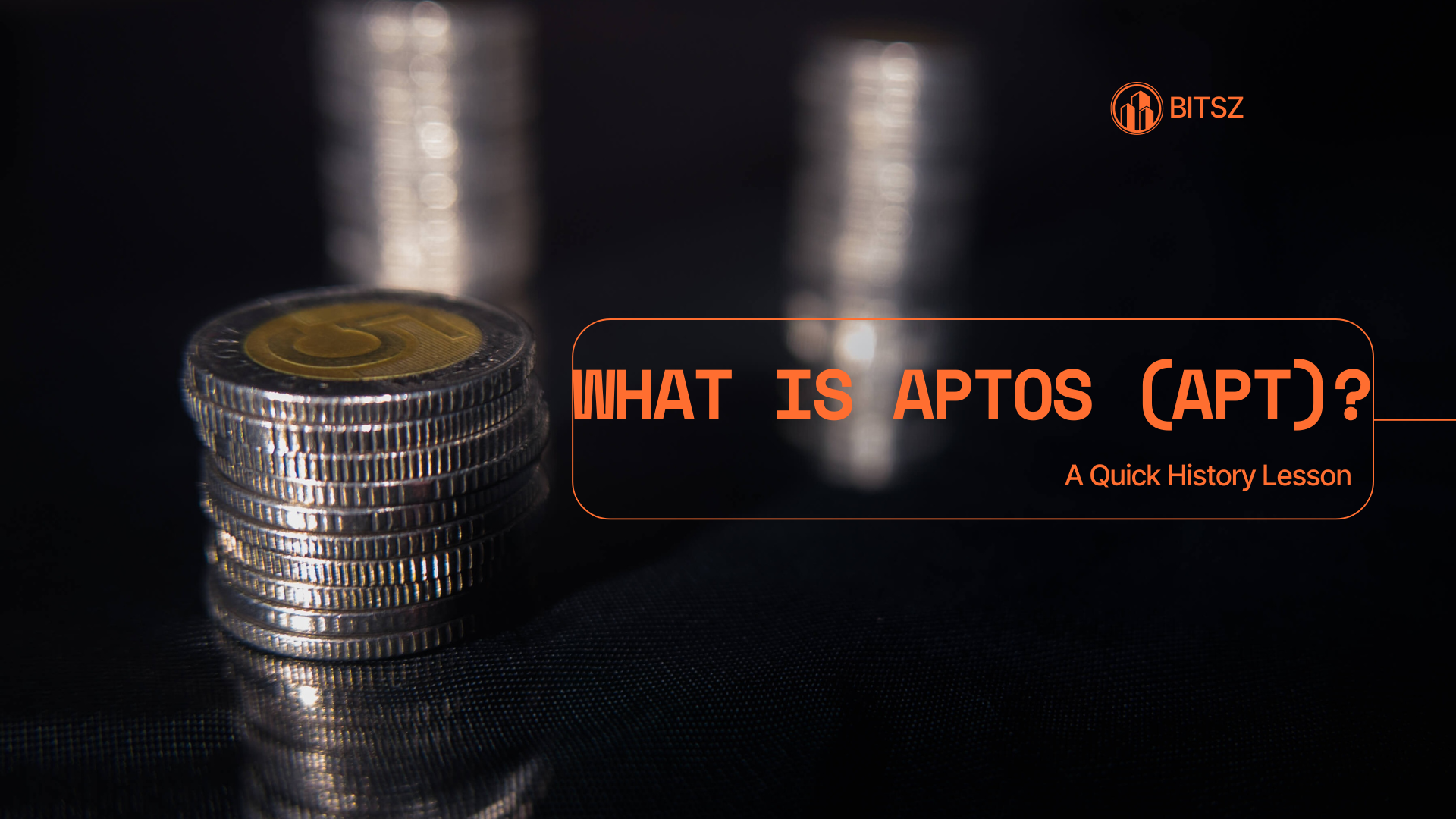
If you’ve heard Aptos described as a “Diem-era reboot with fresh tech,” you’re close. Aptos is a Layer-1 blockchain built by Aptos Labs, a company founded by former Meta (Facebook) engineers Mo Shaikh and Avery Ching after Meta’s Diem project wound down. It centers on the Move programming language and a parallel execution engine called Block-STM, aiming for high throughput without sacrificing safety.
Origins & Timeline
- Founding: Aptos Labs was created in 2021 by ex-Diem engineers Shaikh and Ching, bringing over lessons from Meta’s abandoned blockchain effort.
- Mainnet: Aptos went live in mid-October 2022. The Aptos Foundation lists Oct. 12, 2022 as the mainnet launch date; CoinDesk reported the network’s public debut the week of Oct. 17—and also noted that some insiders began staking on Oct. 12. Think of it as a phased start that became public a few days later.
- Early reception: The debut drew scrutiny around performance and token distribution, but it also marked the first major Move-based L1 to reach production.
How Aptos Works (Move, AptosBFT & Block-STM)
Move language. Originally developed for Diem, Move is designed for safe, asset-centric programming: resources (like tokens) can’t be accidentally duplicated or destroyed, and the language supports formal verification. Aptos ships a full “Move Book” and extensive docs for builders.
Consensus. Aptos uses AptosBFT (a HotStuff-family BFT protocol) to finalize blocks with low latency while tolerating a minority of faulty nodes. The whitepaper details how ordering and execution interact in the pipeline.
Parallel execution with Block-STM. Aptos’s marquee feature is Block-STM, a multi-threaded execution engine that speculatively runs transactions in parallel, resolves conflicts, and commits a deterministic result. This is how Aptos targets high TPS without forcing developers to hand-thread their apps. (Aptos’s engineering posts and docs walk through the design and performance claims.)
APT Tokenomics
- Initial supply: 1,000,000,000 APT at mainnet, with 8 decimal places (the smallest unit is “Octa”).
- Initial allocation: Community 51.02%, Core Contributors 19%, Foundation 16.5%, Investors 13.48%.
- Unlocks/lockups: Investors and current core contributors face a 4-year lock-up from mainnet (staking rewards excepted). Nothing unlocks in the first 12 months; then 3/48ths unlock in month 13 and monthly thereafter through month 18, followed by a linear schedule. This framework came directly from the Foundation’s tokenomics post and was widely cited in launch-week coverage.
Why people still talk about tokenomics: launch week criticism focused on allocations and the pace of future unlocks. If you care about supply pressure, check the Foundation page or reputable tokenomics trackers for today’s unlock calendar.
What Makes Aptos Different?
- Safety-first smart contracts: Move’s linear-type “resources” make it harder to shoot your foot when writing token logic. That’s a distinct developer experience versus Solidity.
- Parallel by default: Block-STM parallelizes the mempool’s ordered transactions automatically, so many workloads scale with available cores. That’s different from single-threaded execution and from systems that push parallelism decisions onto app developers.
- Throughput and latency goals: The combo of AptosBFT + Block-STM is designed to keep finality fast even as demand rises—one reason the team highlights performance in its docs and blog.
Notable Ecosystem Moves (2023–2025)
- Microsoft partnership (Aug 2023): Aptos Labs and Microsoft announced work spanning Azure OpenAI integrations and an “Aptos Assistant” for onboarding—part of a broader push to make Web3 tooling feel familiar to Web2.
- Aptos Ascend (Apr 2024): Aptos Labs unveiled Aptos Ascend, an institutional platform announced with Microsoft, Brevan Howard, and SK Telecom—positioned for tokenization and finance-grade deployments.
- Company leadership & activity: Aptos Labs keeps an active timeline of launches and partnerships (e.g., leadership update naming Avery Ching as CEO in late 2024, entertainment tie-ups). Treat corporate timelines as marketing, but they’re useful to follow what’s shipping.
Risks & Things to Watch
- Supply overhang: As vesting tranches unlock for contributors/investors, APT’s float grows. Markets often pre-price this, but it’s still a key variable for medium-term token performance. Keep an eye on the official unlock schedule.
- Execution vs. competition: Aptos competes with other high-throughput L1s and L2s (many also tout parallelism or alternative VMs). Adoption will hinge on developer love for Move and the quality of consumer-facing apps, not just TPS charts. (The docs position Move/Block-STM as core differentiators.)
- Enterprise traction: Partnerships (e.g., Microsoft, Ascend) are promising, but proof lies in production workloads and users. Follow official announcements and independent coverage for updates.
For Builders: Where to Start
- Move Book & docs: Aptos maintains a comprehensive Move manual and developer documentation, from language basics to running nodes and understanding the mempool and state sync.
- Parallel execution guide: If you’re curious how Block-STM handles conflicts and determinism, the execution docs and whitepaper sections are the deep dive you want.
Key Takeaways
- Roots: Aptos was founded by ex-Diem engineers and launched its mainnet in mid-October 2022.
- Tech stack: Move smart contracts + AptosBFT consensus + Block-STM parallel execution define the chain’s performance profile.
- Tokenomics: 1B initial APT supply; majority allocated to community; four-year lockups for contributors and investors with a defined unlock cadence.
- Ecosystem: Partnerships (e.g., Microsoft, Aptos Ascend) signal an enterprise push; long-term success still depends on real apps and users.
Bottom line
Aptos isn’t just another L1 with a new badge. Its Move language and Block-STM engine are genuine design bets—aimed at safer smart-contract development and high-throughput execution. If you’re evaluating next-gen chains in 2025, Aptos deserves a spot on your watchlist—both for the tech and for how quickly its ecosystem can translate that tech into everyday usage.